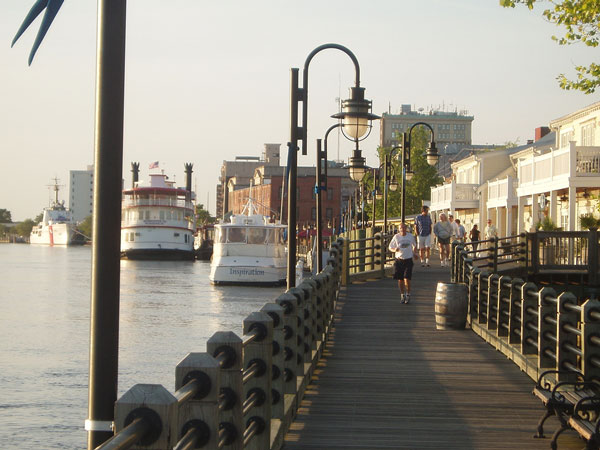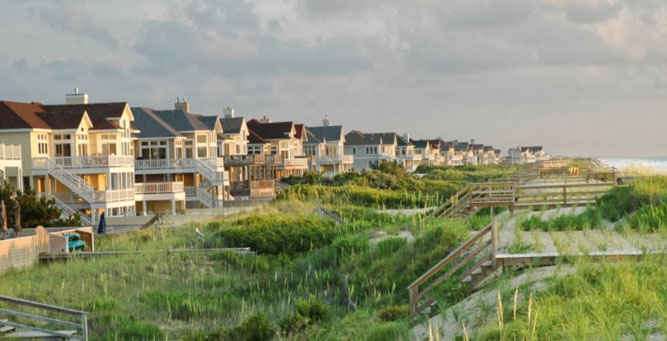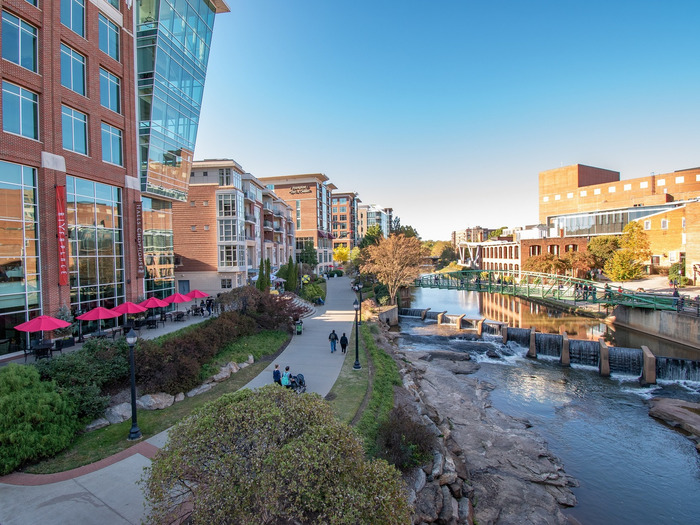In the previous two articles in this series, we discussed preparation for catastrophic events and post-event site assessment. There are a few final steps to disaster recovery for associations, though, and those are settling the insurance claim and finalizing the cleanup and repair process.
Once it has been confirmed that the damages or repair costs will exceed any deductibles, you will need to file an insurance claim with the insurance carrier.
If you own a condominium or multi-unit association with a master insurance policy, the board of directors or your professional management company will file the claim on the members’ behalf.
Owners with individual HO6 policies will need to file a claim with their individual carriers for damages to personal property and possible loss of use and for additional building coverage for portions of their unit, which you are required to insure.
The board will thoroughly review the insurance policy provisions and consult with its insurance agent to determine what the association’s insurance will cover regarding repairs, cleanup, landscaping, and tree removal to the common areas and amenity structures. It is recommended that each condominium or multi-unit association unit owner review the association’s governing documents to determine what the master insurance policy will cover versus the owner’s individual policy.
Once a claim is filed, the insurance carrier assigns an adjuster who reviews the damages and prepares an estimate for the cost of cleanup and repair to restore the property to like-kind condition.
Your general contractor should work hand-in-hand with the insurance adjuster to prepare the estimate and agree on costs. Once the estimate has been finalized and agreed on, the general contractor and insurance adjuster should then send it to the board of directors for review. Bear in mind that neither the general contractor nor the adjuster can settle the claim. Finalizing and settling the claim is ultimately the responsibility of and can only be approved by the board of directors. Once approved by the board, the insurance company will provide a proof of loss statement, which must be signed by the board.
It is highly recommended that a segregated bank account and financial report be used to account for insurance proceeds, disaster-related special assessment income, and expenses related to the disaster and insurance claim. In the event that additional damages are found during the repair process, a supplemental claim can be filed. Often insurance companies require that any supplemental claims be filed within one year of the initial claim.
As noted in Part 1 and Part 2 of this series, it is extremely important to provide continuous communication on the cleanup and repair process. As the repairs to the common areas and units begin to wind down, final finish selections should be completed by the owners for their units and by the board for the common areas. Once all repairs are completed, they should be reviewed by the board or a representative of the board to ensure that all work has been completed in accordance with the insurance scope and estimate. The board should require each unit owner to sign off on a “satisfaction of completion form,” which reflects the owner’s satisfaction with the work completed in his or her unit and agreement with all finishes as selected.
A professional association management company that has experience in disasters and catastrophic events can be an excellent resource and help in guiding the association through the process.
Additionally, there are general contracting companies that specialize in insurance reconstruction and are very familiar with the insurance claim and repair process.

























